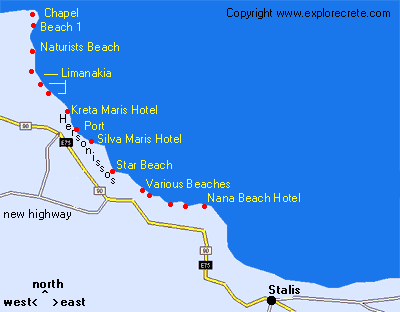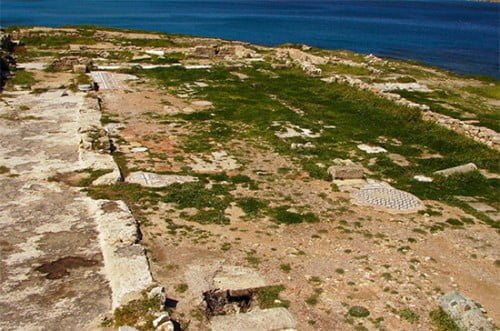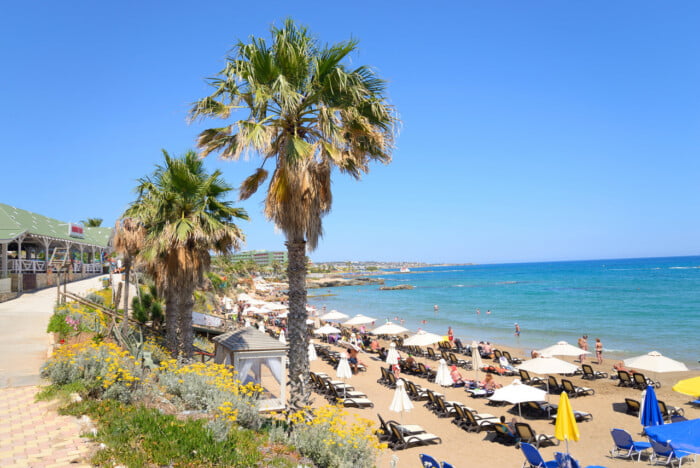Matala Caves
The caves of Matala
Matala is identified with the man-made caves carved out of the rock thousands of years ago in the steep cliffs that rise above the north side of the bay and beach.
No-one is actually certain when the caves of Matala were made. Current thinking is that they are Roman or Early Christian tombs.
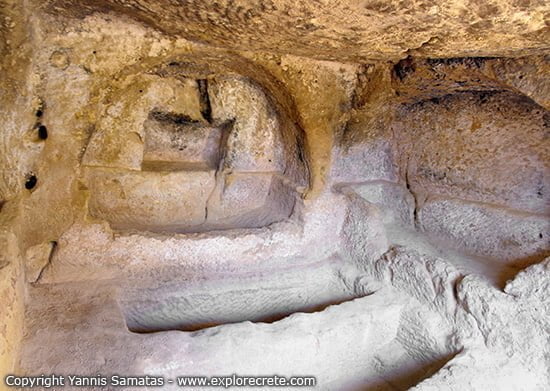
Some of the caves, however, contain carved beds and windows, as well as porches, revealing a different purpose: historians believe that some of them were also used as homes long ago – and also more recently, when the “Flower Children” came to Matala.
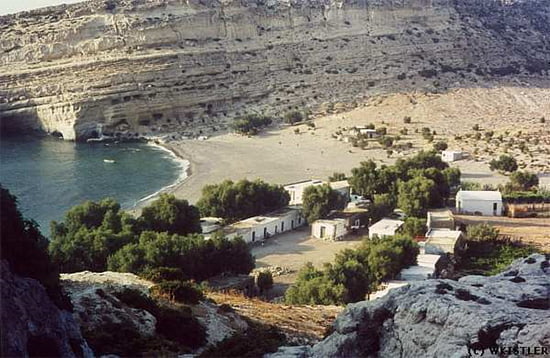
Hippies in the Caves of Matala
The hippies came from the four corners of the earth to Matala, where they found ready-made homes in the caves. The Greek film “My Aunt the Hippie”, starring Rena Vlachopoulou, was also set here.
The feeling of freedom, the beautiful beach, the welcoming bay and the azure waters formed the ideal hippie scene. At Matala they found the place where they could express themselves, enjoy free love and create.
Imagine the culture shock of the inhabitants of Matala in the Sixties and Seventies, living next to the hippies with their liberated lifestyle – especially considering that Cretans in this then-remote corner of the island had probably never seen a tourist before.
Local reaction was organised by the Bishop of Gortys, who drove the hippies out. However, many remained in Crete and sought refuge in remote areas such as Kapetaniana, the palm forest of Vai and Preveli.
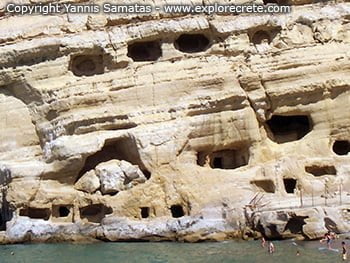
This went on until the 1980s, when the state decided to protect the fragile ecosystems of Vai and Preveli, declaring them protected areas.
Today a few people continue to live the hippie lifestyle in Crete, on Diskos beach in Lendas.
Visiting the caves of Matala
Visiting the caves of Matala is free, although there used to be an entrance fee.
The caves have been fenced off and are protected by the Archaeological Service, while nobody is allowed to live or spend the night in them.
© explorecrete.com All Rights Reserved. Reproduction or copying without permission is prohibited.

